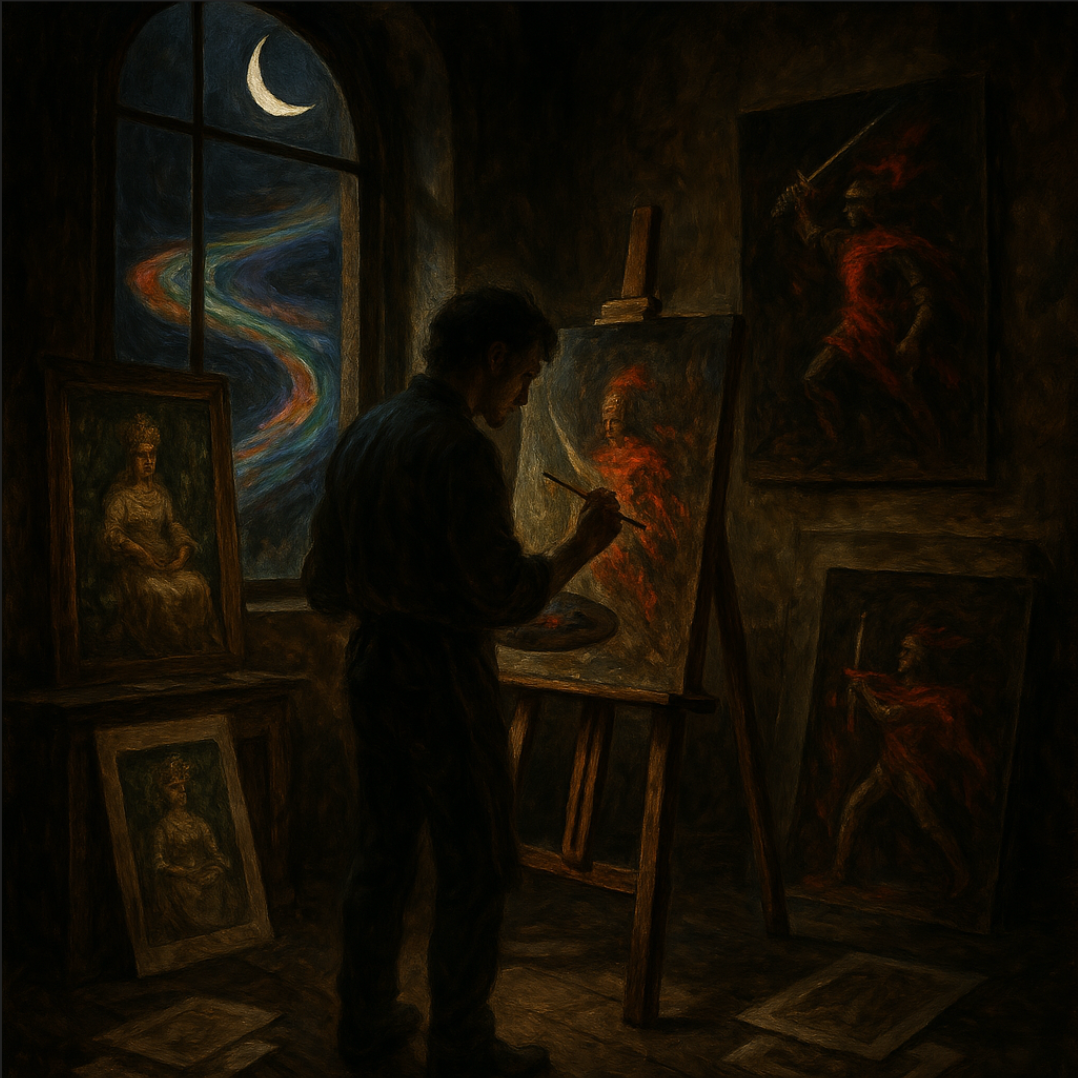Realizing the Power Within
We all have moments where fear finds its way into the creative process, subtly pulling the strings of our actions and choices. Reflecting on my journaling, I realized fear often shadows my creative endeavors— It was a surprising epiphany: I realized fear often shadows my creative process, not as a barrier, but as a lens that sharpens my focus.
What if those fears, the ones we passionately avoid, hold the keys to unlocking our most innovative and successful ideas? It’s easy to see fear as the villain in our story of progress. However, imagine if this villain was actually a misunderstood ally, wanting to propel you into otherwise difficult to reach realms.
The Hidden Power of Fear
Fear, by its very nature, is an instinct designed to protect us. However, in the world of creativity and innovation, it is often mischaracterized as a block rather than acknowledged as a powerful motivator. In my own story, I’ve found myself justifying to an unwavering inner critic, a force that gauges the “value” of my creative output. This introspective market strives not for superficial validation but for genuine alignment and resonance.
Research supports the notion that reframing fear can enhance innovation. A study reviewed this week shows that entrepreneurs who perceive fear as a learning opportunity increase their innovative output by 25%. Fear, much like a dim flashlight in a dark tunnel, can be blinding. Yet, if embraced, it has the potential to guide us toward unexpected pathways and opportunities.
Consider Howard Schultz, the visionary behind Starbucks. Rather than succumbing to the market fears that surrounded his venture, Schultz leveraged them as insights, ultimately transforming Starbucks into a global coffeehouse chain. His story underscores a pivotal truth—fear not only uncovers gaps and uncertainties but also illuminates potential avenues for groundbreaking success.
Innovators Harness Their Inner Critic
Think of Steve Jobs, whose company, Apple, epitomized innovation under his leadership. Jobs wasn’t immune to fear. Rather, he curated it, allowing his fear of mediocrity to propel him. He invited his inner critic to the creative table, using fear of not being enough as a refining and motivating force.
In my journaling, I often grapple with the fear of being misunderstood, of having potential without mastery. This fear, while uncomfortable, makes me realize there is beauty in progress and potential in imperfection. It is a catalyst for alignment, encouraging a collaboration between the critic, the creator, the dreamer, and the soul.
High achievers worldwide understand this balance. They don’t seek to silence their inner critics; instead, they invite them to join forces with their creative instincts. This collaboration fosters environments where ideas are not only formed but also rigorously tested and refined.
When you reflect on your inner critic, how can it serve as an asset rather than an adversary? Can collaboration between fear and inspiration serve as a crucible for innovation?
Fear Reframing Toolkit – Making Fear Your Ally
Now, let’s transform these insights into practical applications through the Fear Reframing Toolkit, designed to make fear your ally:
Step 1: Identify Your Fear Triggers
List three recurrent fears that arise when starting new projects. For example, you might fear failure, rejection, or being misunderstood.
Step 2: Reframe Your Fear
For each fear, identify how it might represent an opportunity or a learning moment. Instead of fearing failure, see it as a push toward better solutions and heightened resilience.
Step 3: Implement and Reflect
In your next project, actively apply these reframing strategies. Document how this shift in perspective influences your creativity and results. Reflect on how your perception of fear shifted and its impact on your creative output.
Conclusion:
Fear isn’t an obstacle. Instead, it is a powerful guide to creativity and innovation. Now I challenge you: Where in your life are you seeing stop signs that might, in reality, be checkpoints for a more profound and innovative solution?

Leave a Reply